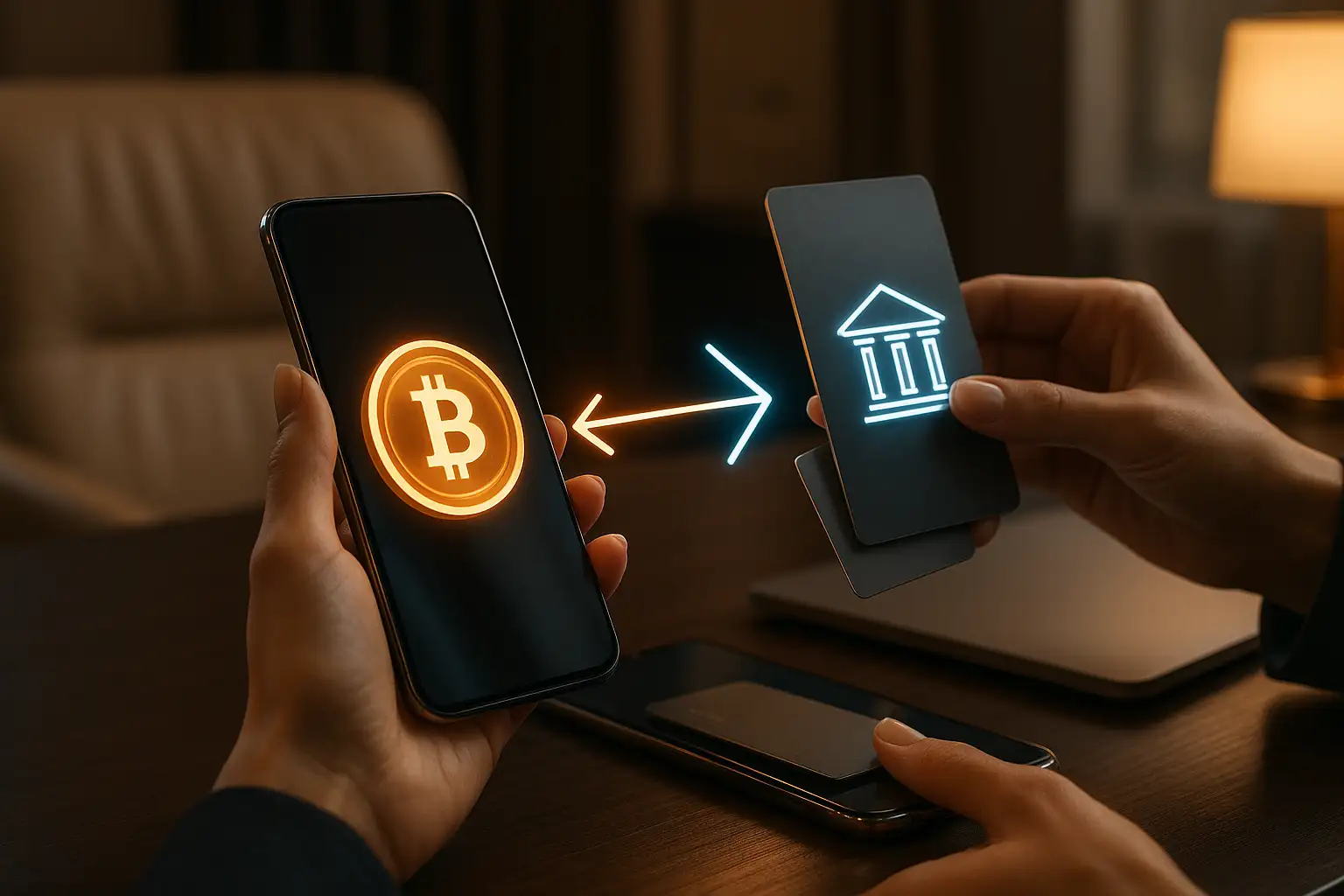
In a big win for the XRP Ledger, the World Economic Forum (WEF) has officially recognized it as the blockchain infrastructure behind a $1 billion real estate and private equity fund. That’s not just a headline, it’s a serious vote of confidence from one of the most influential economic bodies on the planet.
The fund, which is being launched by Aurum Equity Partners, was featured in the WEF’s May 2025 report titled "Asset Tokenization in Financial Markets." It’s designed to bring private equity and debt instruments—especially real estate—on-chain through tokenization. And the XRP Ledger (XRPL) is the technology powering it all.
This move marks a shift in how the world sees XRPL. While it’s long been known for fast, low-cost payments, this new role puts it right in the middle of the real-world asset (RWA) tokenization movement. And it’s not just the WEF that’s paying attention.
Let’s break down why this is such a big deal.
Traditionally, XRPL has been seen as a payment protocol, built for speed and low transaction fees. And it’s done that job well. But the narrative is now changing. With this fund, XRPL is being trusted to handle the infrastructure for regulated, large-scale asset tokenization. That’s a whole new ballgame.
The $1 billion fund aims to bring traditionally illiquid assets, like commercial real estate and private equity, into a more accessible and tradable format using blockchain. Tokenization means those assets can be fractionalized, bought, and sold more easily. It opens up investment to people who wouldn’t normally have access to these markets.
The answer lies in performance and regulatory fit. But just as important is its increasing appeal to institutional investors, especially as the need for secure, compliant blockchain infrastructure grows.
There’s another layer to this story that makes XRPL’s rise make even more sense: Ripple’s acquisitions. In recent years, Ripple, the company closely linked to the XRP Ledger, has acquired BitGo and Metaco, both of which specialize in institutional-grade digital asset custody.
These moves weren’t random. They were strategic pieces in Ripple’s larger plan to make XRPL more appealing to banks, asset managers, and governments.
Custody and compliance are critical when it comes to institutional finance. You can’t just throw a blockchain protocol into the mix and expect regulators to sign off. But with BitGo and Metaco providing secure asset storage and regulatory safeguards, XRPL becomes a much more attractive option for high-stakes finance.
So, when the WEF selected XRPL as the foundation for a $1 billion fund, it wasn’t just because the technology works. It was because the entire ecosystem is evolving to meet institutional standards.
If the WEF endorsement wasn’t enough, Dubai has also jumped on board. Just weeks before the WEF report came out, the Dubai Land Department announced that it had chosen XRP Ledger to power a real estate tokenization initiative. This government-backed pilot allows residents of the UAE to invest in fractional ownership of local real estate, using tokens issued directly on XRPL.
This isn’t just about fancy tech. It’s about lowering barriers to entry, cutting down transaction costs, and opening up property ownership to a much wider audience. Tokenizing real estate is one of the hottest use cases in blockchain right now, and Dubai’s adoption of XRPL puts the protocol in the spotlight.
Taken together, Dubai’s initiative and the WEF’s backing send a clear message: XRPL is being taken seriously as a platform for tokenized finance. And that’s a shift from the Ethereum-dominated conversations we’ve seen over the past few years. Ethereum still leads in total value locked and DeFi activity, but XRPL is carving out its niche, especially in areas where regulatory compliance, speed, and low fees matter most.
The big question now is: what’s next?
With this level of recognition, we’re likely to see more funds, asset managers, and even governments exploring XRPL for tokenization projects. And while $1 billion is a great starting point, the tokenized asset space is projected to be worth trillions in the coming years.
We could soon see other private equity funds, real estate investment vehicles, or public-sector programs tap into XRPL’s infrastructure. And with Ripple’s custody capabilities now in play, the pathway from idea to execution is a lot smoother.
We’re also seeing a shift in perception. XRPL is no longer just a fast payment rail. It’s emerging as a financial backbone for real-world assets, bringing transparency and accessibility to markets that have traditionally been closed off to all but the wealthiest investors.
So, why does this really matter? It matters because the World Economic Forum doesn’t just name-drop. If XRPL made it into their flagship report, it’s because the technology, and the ecosystem around it, has reached a point where it can support real-world, institutional-grade finance.
And if Dubai is using XRPL to tokenize property for everyday citizens, then the protocol isn’t just institution-ready—it’s mainstream-ready.
This could be a pivotal moment for XRPL. What started as a payments solution is now shaping up to be a serious contender in the future of tokenized finance. As more institutional players get comfortable with blockchain, XRPL stands out as one of the few platforms that combines speed, compliance, and security in one package.
On-Chain Media articles are for educational purposes only. We strive to provide accurate and timely information. This information should not be construed as financial advice or an endorsement of any particular cryptocurrency, project, or service. The cryptocurrency market is highly volatile and unpredictable.Before making any investment decisions, you are strongly encouraged to conduct your own independent research and due diligence
Tags :

0 Comments
Show More

Stop losing crypto income to high fees and delays. Learn how on/off-ramps eliminate conversion costs and KYC waiting times, making crypto wages instantly spendable.

For institutional crypto miners, stability is key. Learn how WhitePool's fixed payouts, high security, and low stale rate make it the most reliable mining pool.

Ubuntu Tribe founder Mamadou Toure speaks at Cryptofest on how $GIFT Gold can unlock $50 billion for Africa's unbanked by tokenizing physical gold.
On-Chain Media is an independent, reader-funded crypto media platform. Kindly consider supporting us with a donation.
bc1qp0a8vw82cs508agere759ant6xqhcfgcjpyghk
0x18d7C63AAD2679CFb0cfE1d104B7f6Ed00A3A050
CBaXXVX7bdAouqg3PciE4HjUXAhsrnFBHQ2dLcNz5hrM
Contains the last 12 releases